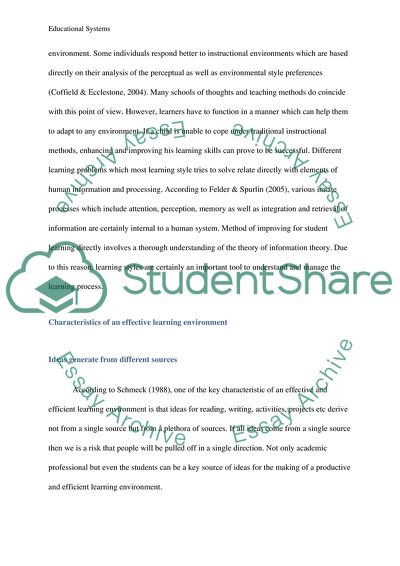Cite this document
(“Educational Systems Essay Example | Topics and Well Written Essays - 2250 words”, n.d.)
Educational Systems Essay Example | Topics and Well Written Essays - 2250 words. Retrieved from https://studentshare.org/education/1653647-educational-systems
Educational Systems Essay Example | Topics and Well Written Essays - 2250 words. Retrieved from https://studentshare.org/education/1653647-educational-systems
(Educational Systems Essay Example | Topics and Well Written Essays - 2250 Words)
Educational Systems Essay Example | Topics and Well Written Essays - 2250 Words. https://studentshare.org/education/1653647-educational-systems.
Educational Systems Essay Example | Topics and Well Written Essays - 2250 Words. https://studentshare.org/education/1653647-educational-systems.
“Educational Systems Essay Example | Topics and Well Written Essays - 2250 Words”, n.d. https://studentshare.org/education/1653647-educational-systems.


